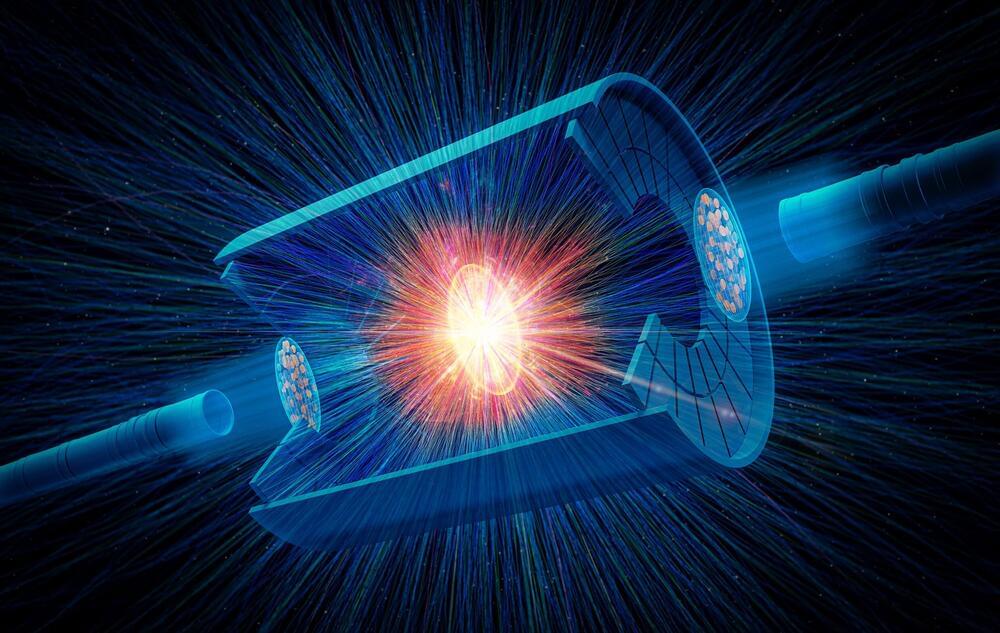“In low-energy experiments, it’s like taking a long-exposure picture,” said Chun Shen, a theorist at Wayne State University whose calculations were used in the new analysis.
Because the exposure time is long, the low-energy methods do not capture all the subtle variations in the arrangement of protons that can occur inside a nucleus at very fast timescales. And because most of these methods use electromagnetic interactions, they can’t directly “see” the uncharged neutrons in the nucleus.
“You only get an average of the whole system,” said Dean Lee, a low-energy theorist at the Facility for Rare Isotope Beams, a DOE Office of Science user facility at Michigan State University. Though Lee and Shen are not co-authors on the study, they and other theorists have contributed to developing this new nuclear imaging method.
